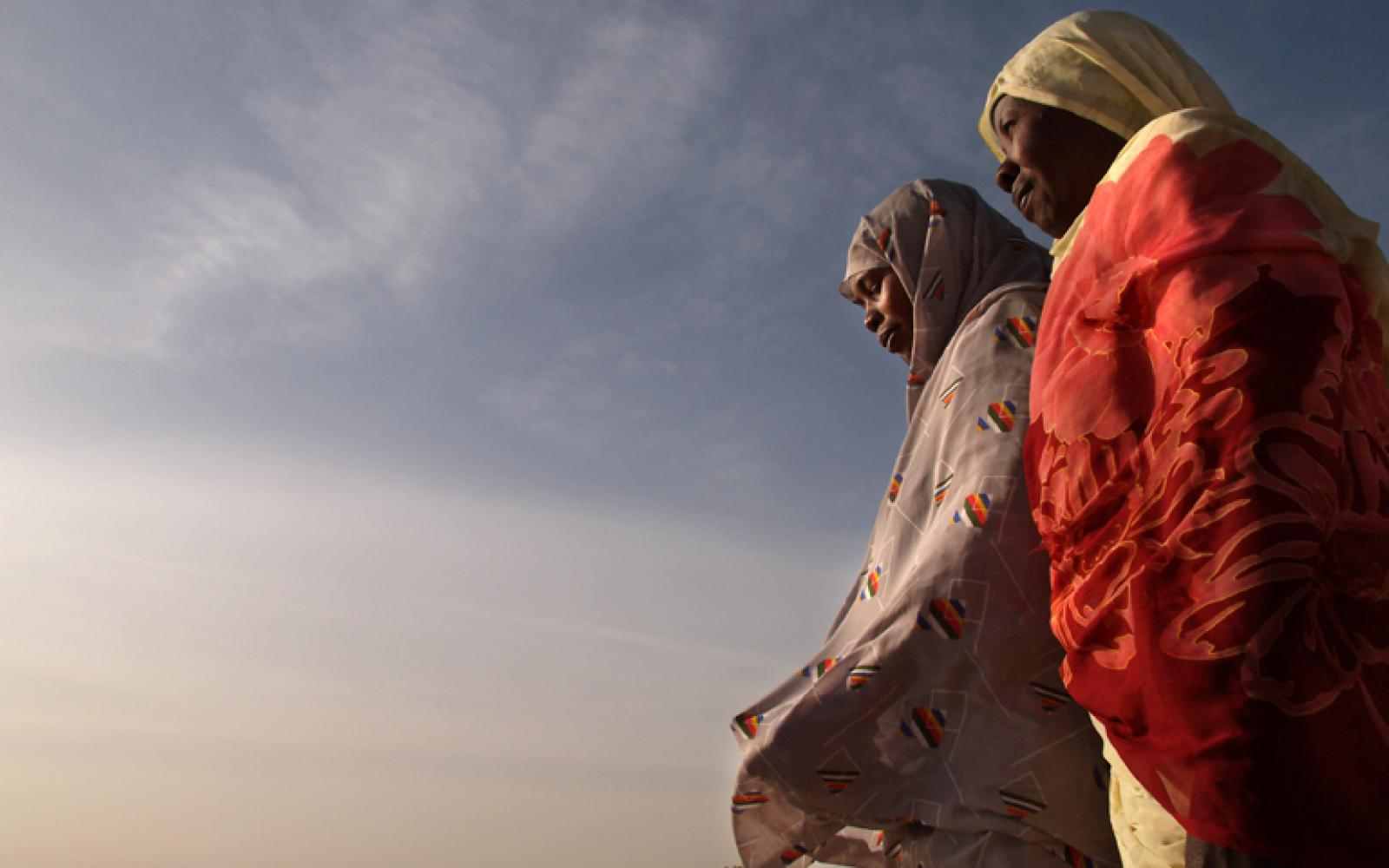While the crucial role of women as agents of change in developing communities is well acknowledged, the role of women as change-makers in the US social sector is less well explored. Nick Kristof’s great piece in this weekend’s New York Times Magazine shines a spotlight on the latter. The article, “D.I.Y. Foreign Aid: the rise of the fix-the-world-on-your-own generation” describes the growing trend of western women changing the world with the do-it-yourself approach.
There’s a reason—in fact, more than one—that an article on this D.I.Y. development trend made it to the front page of the magazine’s Women’s Empowerment themed edition. Not only are these homemade organizations often focused on international women’s empowerment issues—from sanitary pad manufacturing in Rwanda to grassroots fundraising for rape victims in the Congo. The chairmen of these organizations are, in fact, chairwomen—inspired and inspiring female Americans. When it comes to changing the world, women, it seems, are leading the pack.
But if that’s the case, why is it that out of 133 US Ashoka Fellows revolutionizing the social sector, only 43 are female social entrepreneurs?
We have a couple of theories, but no hard answers. The relatively low percentage of female Ashoka Fellows--1/3, versus the more than ½ of US non-profit CEO’s who are women, to site just one relevant statistic—is perhaps a reminder of the fact that social entrepreneurship occupies an entirely different space in the social sector than do charities and non-profits. This space has as much in common with the world of business entrepreneurship, where barriers to entry for women have persisted longer than in other sectors, as it does with the world of charities and non-profits.
Or perhaps it is an indication that social sector-oriented women prefer working on behalf of women and thus prefer working internationally, where the women’s empowerment work that needs to be done is more obvious than it is here in the US. Kristof’s “D.I.Y. Foreign Aid” serves as unofficial evidence of this theory. The article’s focus, as its title suggests, is international development, and the women Kristof profiles are all working internationally. Perhaps social entrepreneurial women in the US tend to start globally rather than locally focused organizations.
Or perhaps the low number of female Ashoka Fellows stems not from some societal trend but rather from a subtle flaw in Ashoka’s method of identifying social entrepreneurs. Maybe there’s something about our selection process that, unintentionally, creates an obstacle for women.
The bottom line is, we don’t know why women are underrepresented in our ranks. But we do know that these statistics are a call to action and that we—all of us, at Ashoka and beyond—have some work to do.
Have opinions about these questions? Or suggestions about how Ashoka can reach out to women social entrepreneurs? Start a dialogue by commenting on this post.
Read the full Kristof piece here.
*Note that this article was written in 2010.
